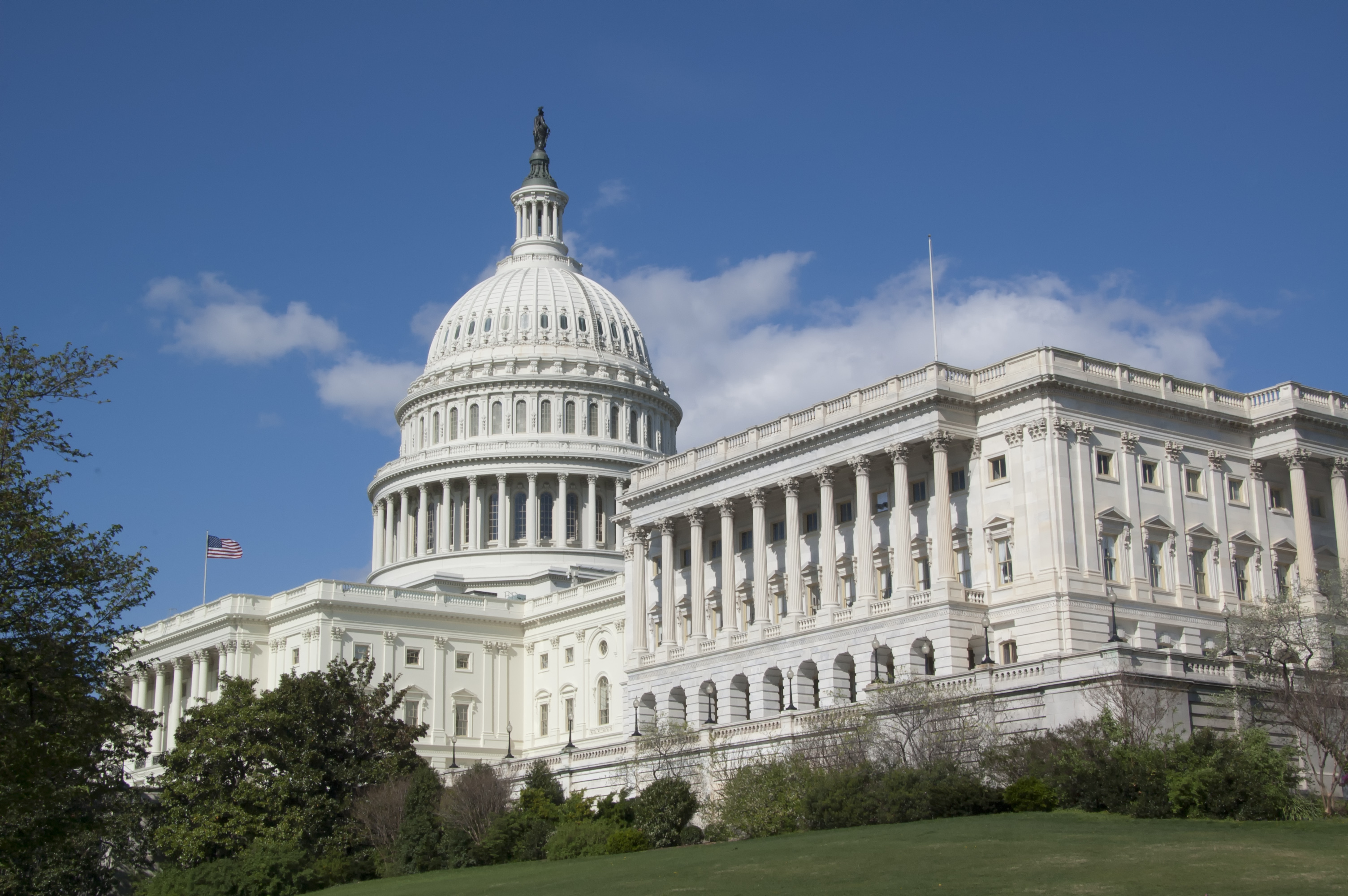Rick Morain is the former publisher and owner of the Jefferson Herald, for which he writes a regular column. This essay first appeared on Substack.
Congress averted an impending federal government shutdown in March by reaching a bipartisan compromise, which kept the government funded through the end of the current fiscal year. Time passes, and we’re approaching the new deadline.
By now a functional Congress would have performed its due diligence and approved the twelve required federal spending bills for the fiscal year. Has that happened? Of course not. So the House, the Senate, and President Donald Trump are dancing through the same old drill. They have until midnight on Tuesday, September 30, to get it done.
Plenty of time, right? Until the very last minute the sides will doubtless each refuse to give an inch on their demands, leaving millions of federal employees, and those who depend on what those employees do, in the dark as to their immediate future. Par for the course.
Except this time they really might not get it done. Republicans and Democrats alike appear convinced the public will blame the other side for shutting down the government, and they’re willing to have that happen instead of offering to meet somewhere in the middle.
Many insiders this time say that Trump is the Keeper of the Key.
The situation leading up to the current status sounds familiar. On September 19, Republican-controlled House adopted a bill to extend the funding deadline for seven weeks, through November 21. And that’s it, except for an additional $88 million in the bill to bolster protective security for members of Congress, the executive branch, and U.S. Supreme Court Justices. The additional money stemmed from alarms raised by the recent shooting death of conservative influencer Charlie Kirk.
The House bill then went to the Senate, where the rules are different. It takes at least 60 Senators to approve a funding bill, and with only 53 Senate Republicans, several Democrats would have to say “yes” if the bill is to be approved.
No Democrats have yet signed on, and their reluctance is understandable.
Congress approved Trump’s “One Big Beautiful Bill,” and the president signed it on July 4, promising that no one would lose Medicare or Medicaid coverage. But the Republican administration actions now indicate, by supposedly cutting “waste, fraud, and abuse” from the Medicaid program, that a large number of current recipients will indeed lose their coverage or see it significantly reduced. Democrats say a great many of those in jeopardy are legitimate beneficiaries of the Medicaid system.
What’s more, the current system provides important tax credits for a large swath of Americans who buy their health care coverage through the Affordable Health Care Marketplace. Those crucial credits are set to expire at the end of December 2025. If they are not extended, millions of families will face much higher health insurance premiums, amounting to several hundred dollars per month.
And finally, Congressional Democrats are incensed that Trump refuses to spend appropriated funds that Congress already agreed on through excruciating negotiations.
So Senate Democrats countered by proposing a funding extension bill that would extend current spending levels through October, retain current Medicaid and Medicare funding, make permanent the Affordable Health Care tax credits, and require Trump to spend appropriations as Congress approved them unless Congress itself changes those amounts. The Democratic bill also provides $186.5 million for enhanced government officials’ security, way more than the Republican bill offers.
Senate Republicans, led by South Dakota’s Senator John Thune, say “no way.” They want a “clean” funding extension law, with a promise to “discuss” Democrats’ issues later.
Neither side trusts the other, so Congress is deadlocked. The Senate is on recess (again) until September 29, the day before the federal government funding runs out. The House is not scheduled to come back until October 1.
A federal “shutdown” isn’t quite what it sounds like. Essential government employees, including law enforcement personnel, air traffic controllers, military personnel, federal firefighters, and similar workers continue on the job, although without salary. After the shutdown ends, all government personnel receive their back pay.
Meanwhile, the general public is inconvenienced by sharply reduced federal staffs and shuttered federal offices.
An example: my wife Kathy and I have good friends who are planning a four-day trip to the Black Hills from September 29 to October 2. The Black Hills are a national forest, so if a government shutdown kicks in on October 1, Black Hills personnel will be off the job. That means sharply reduced emergency services, closed offices, and a general hassle for everyone.
That’s a typical example, and certainly not a major one. But multiply it several thousand or maybe several million times, and the headache of a shutdown becomes evident.
The “insiders” noted earlier in this column say that a number of Congressional Republicans would like to negotiate on the issues that Democrats raise, but they don’t dare get ahead of Trump. They can’t afford to work out a deal only to have Trump veto it.
So unless and until Trump agrees that negotiations are permissible, nothing will happen. And Trump so far gives every indication that he’s willing, even eager, to see the government shut down, and stare down Congressional Democrats. That attitude squares with his inclination to “show strength” every time he gets the chance.
We’ll know by October 1 whether good sense finally prevails. Right now that commodity is in short supply.


1 Comment
You saw it coming, Rick Morain...
…and now do you have any thoughts about how long it will last?
PrairieFan Wed 1 Oct 12:11 AM